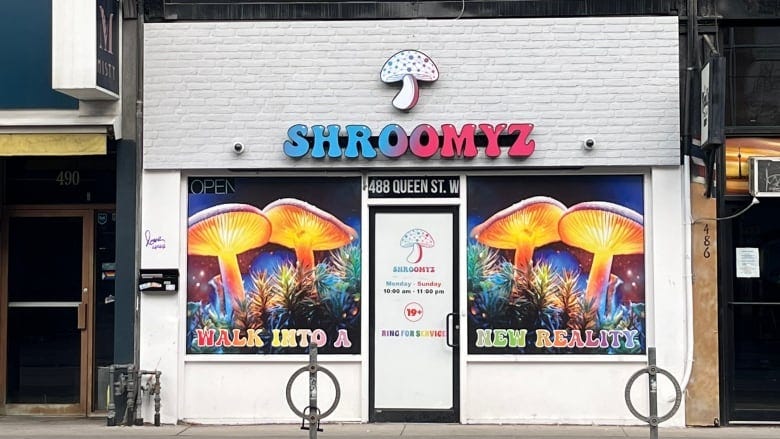Why decriminalization policies require public education on risks
You shouldn't make psychedelics commercially available without providing information about their adverse effects, argues Joseph Holcomb Adams
WARNING: This article contains mention of self harm and suicide, which may be upsetting or traumatic for some readers. If you or someone you know is struggling with thoughts of self harm or suicidal ideation please call 988 in the US or the Samaritans in the UK. We’re making this article free - subscribe to support our work.
Keep reading with a 7-day free trial
Subscribe to Ecstatic Integration to keep reading this post and get 7 days of free access to the full post archives.



